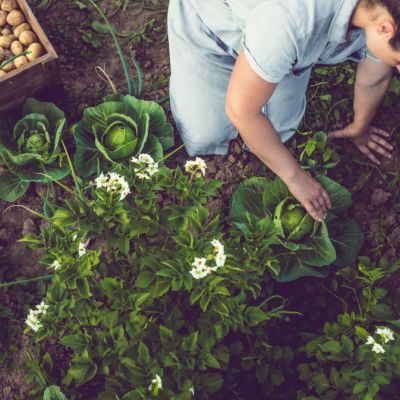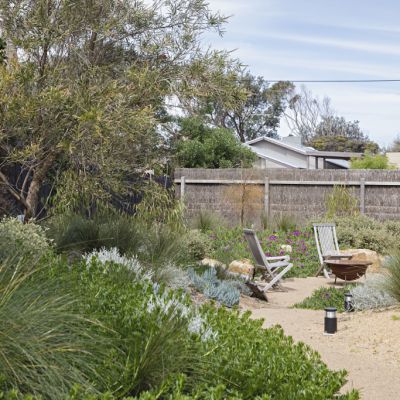What to sow, grow and do in the garden this winter
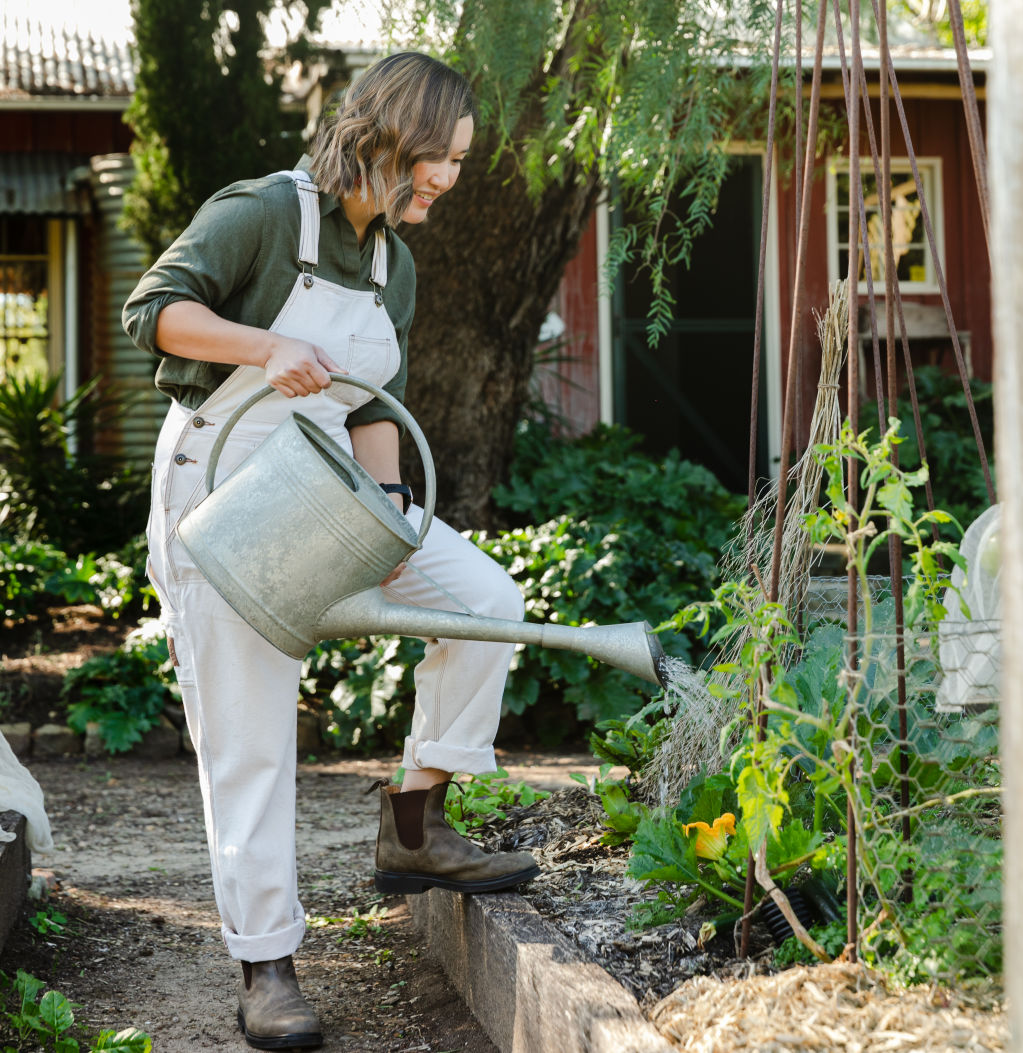
At this time of year, it’s easy to think there’s little point in gardening since the cold seems to stifle most growth. However, winter brings its own opportunities and rewards. Embracing the season will yield fresh produce and ensure your garden is ready for the warmer months.


What herbs and vegetables to plant
Whether you have a backyard or room for a few pots on the balcony, you have ample space to grow herbs and veggies over winter. While it’s a bit late to start the long-maturing veggies, like Brussels sprouts and broccoli (seeds should have been sown in early autumn for a winter harvest), there’s still plenty of variety to choose from. Options include beetroot, bok choy, broad beans, dwarf or climbing peas, lettuce, radish, silverbeet, spinach, spring onions, and strawberries (runners).
As for herbs, now’s a good time to grow coriander, Italian parsley and winter savoury. You can also easily find pots of rosemary, sage, and bay leaves at your local nursery.
Before planting, add organic matter, such as compost or aged manure, to the soil. This will improve soil structure, increase nutrient availability and enhance water retention. A healthy soil means healthy plants!
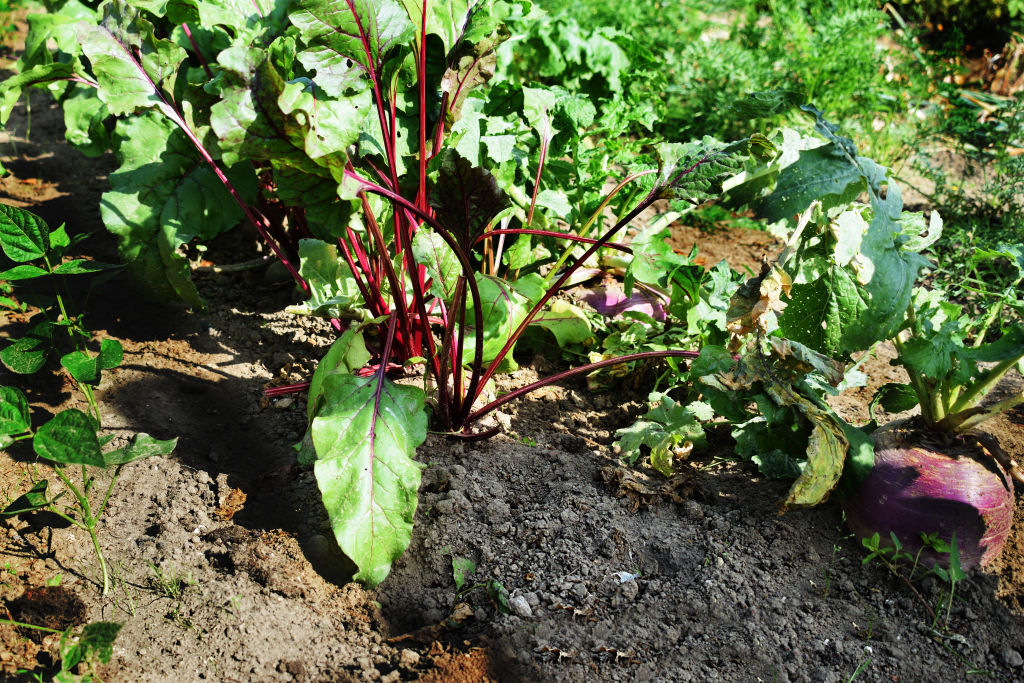
Fruit trees that will thrive in winter
If you’ve always wanted a stone (plum, nectarine, peach, cherry) or pome (apple, pear, quince) fruit tree, now is the best time to plant one. In winter, these deciduous trees are available at the nursery as bare-rooted plants, meaning you’ll find them with bare branches and their roots wrapped in sawdust and plastic. They look dead, but they’re actually dormant and will spring back to life once warmer weather rolls around. Plus, they’re typically more affordable than container-grown trees, making them a great option for gardeners on a budget.
After purchasing the tree, remove the plastic and material around the roots. To promote good growth in spring, prune about one-third of the branches back. It may sound a bit extreme, but the branch-to-root ratio is currently out of balance and needs to be corrected to ensure strong growth.
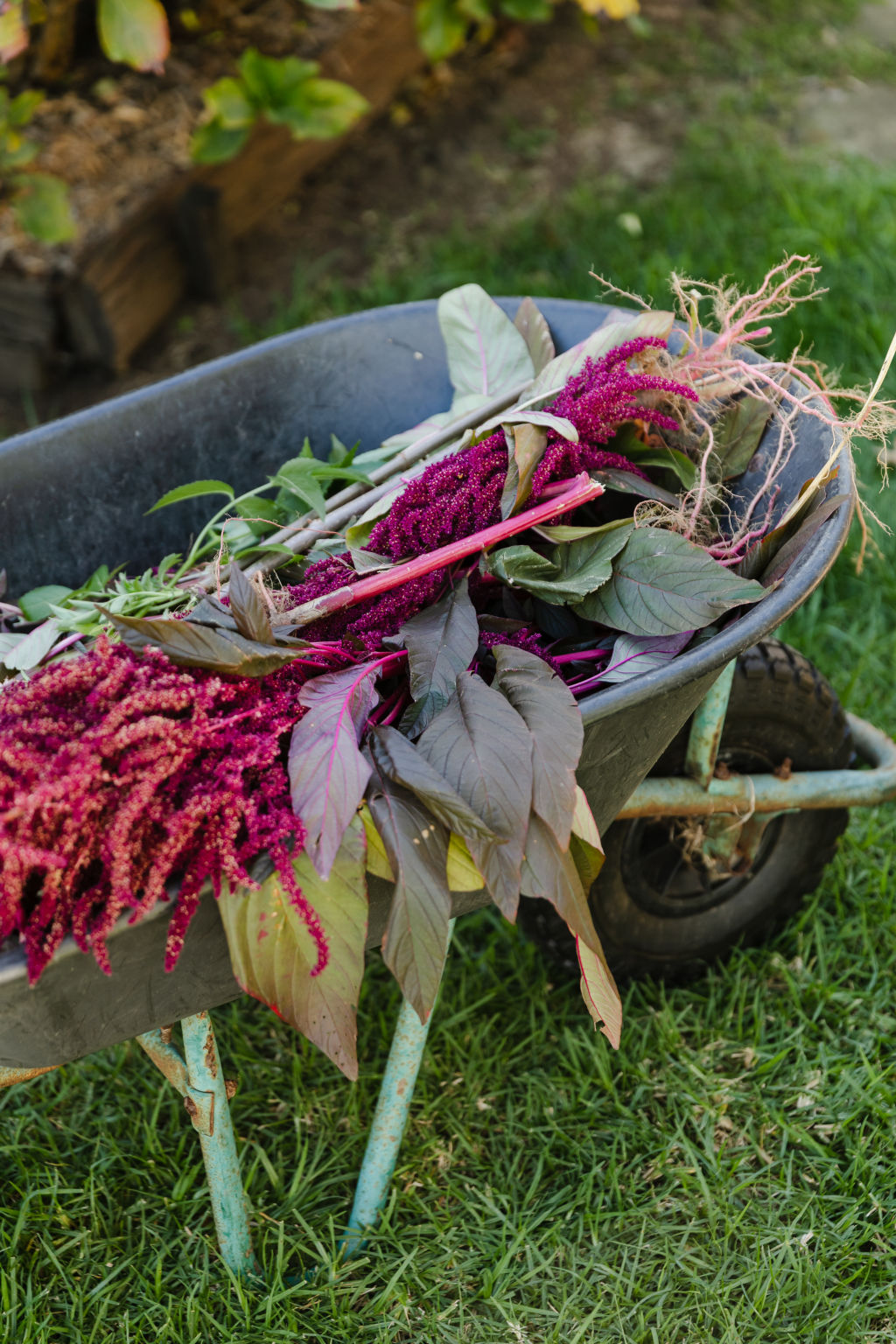
Soak the rootball in a bucket of diluted seaweed solution for a few hours. While it’s soaking, choose a spot in full sun with well-prepared and well-drained soil. Dig a hole twice as wide as it is deep. Mound soil in the centre of the hole to help the tree sit at the same level as it did in the field where it grew, following the soil line on the trunk. Position the tree in the centre and spread roots evenly over the mound. Backfill and tamp down the soil with your feet to secure the tree in the ground. Finally, water in well and apply an organic mulch around the tree, keeping the mulch at least 10 centimetres away from the trunk.
What to prune in winter
Deciduous shrubs and trees will benefit from a good prune in winter.
This includes roses, hydrangeas, crepe myrtle, wisteria, apples, pears, figs and grapevines. Before you begin, ensure the secateurs or pruning shears are sharp and clean. Clear any dead, damaged or diseased growth, always cutting above a node or bud as close as possible—leaving too much stem can cause it to rot and die back. Remember to prune at an angle away from the bud to encourage water to drain away rather than pool on the surface of the cut.
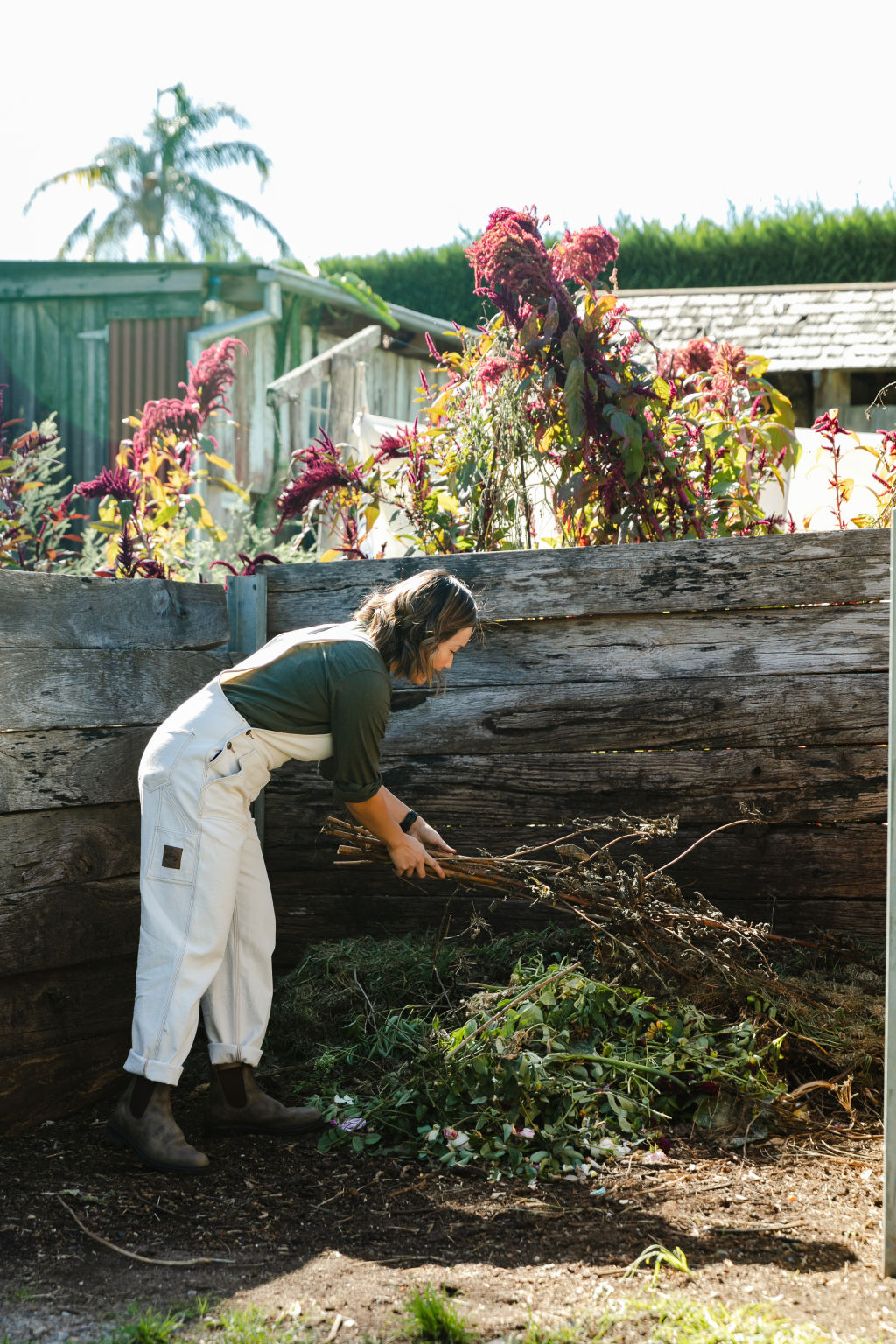
Tools you need this winter
Fiskars’ new X-series axes are the latest addition to their range of cutting-edge tools. This new generation consists of seven uniquely designed axes, perfect for chopping logs, splitting firewood and felling trees. They’re crafted to make each swing more effective so you can chop deeper and split wood more efficiently. Prices from $74.95 to $149. For more information and stockist details, visit fiskars.com.au.
Tammy Huynh is a horticulturist, presenter on Gardening Australia and the owner of Leaf an Impression.
We recommend
We thought you might like
States
Capital Cities
Capital Cities - Rentals
Popular Areas
Allhomes
More
